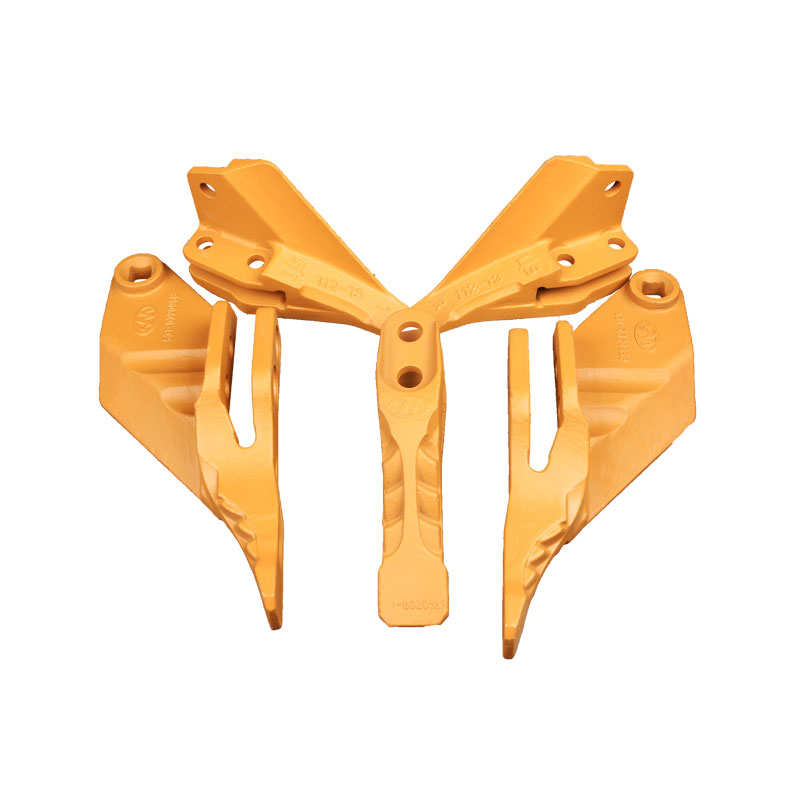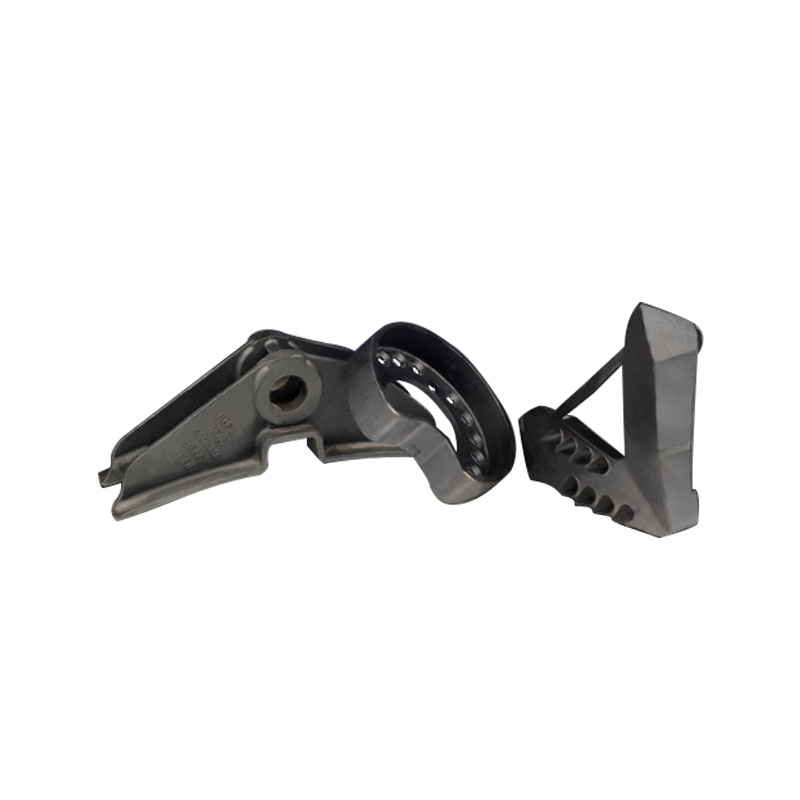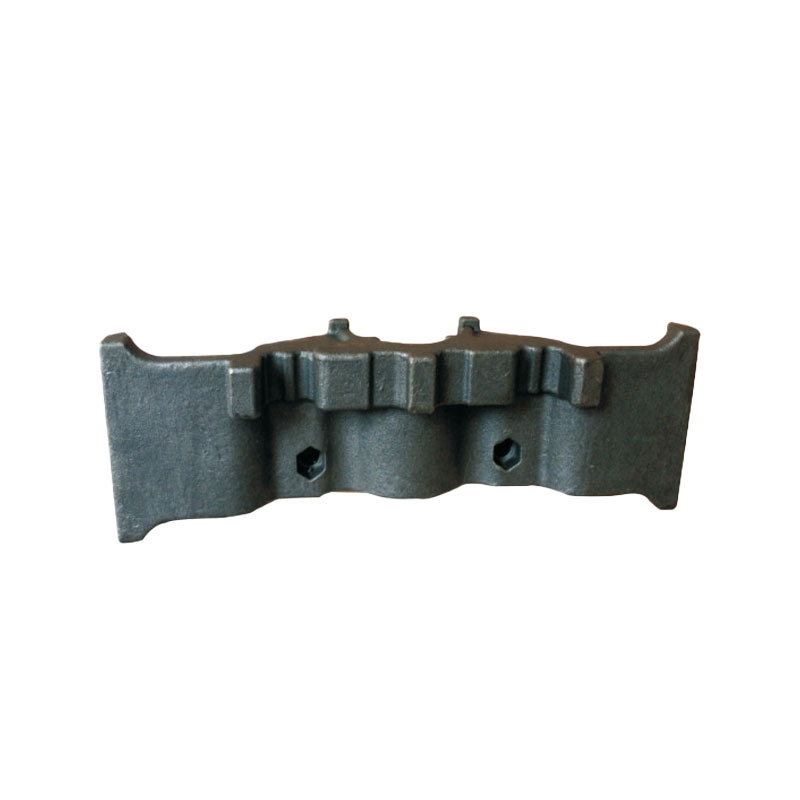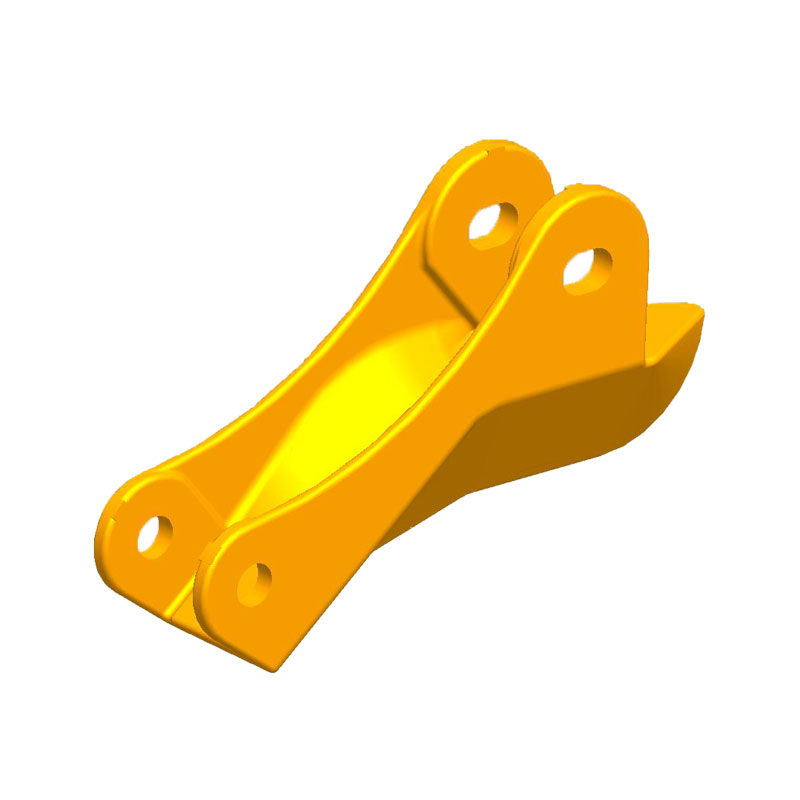The railway industry depends on reliable and high-quali […]
The railway industry depends on reliable and high-quality components in all of its operations. One of the most critical elements in the construction and maintenance of trains are cast parts, components that are made by pouring molten metal into a mold.
Material Selection:
The first consideration in ensuring quality train casting parts is material selection. The materials used must not only handle the physical stresses they’ll be subjected to, but also resist environmental factors like temperature changes and corrosion. High-quality carbon steel is often used in making major load-carrying components like axles and bogie frames due to its excellent tensile strength and durability.
Design Precision:
The product's design is another important aspect that directly affects the performance of the train. Errors in the design of casting parts could cause operational difficulties and may also pose safety risks. Hence, the moulds should be designed and tested meticulously to ensure they provide precision. Today, digital technologies like CAD and 3D printing are used to ensure design accuracy.
Manufacturing Process:
The manufacturing process determines the structural integrity and durability of the parts. Certain casting methods provide better results for specific train parts. For example, sand casting is suitable for manufacturing larger parts like bogie frames, whereas investment casting is more suitable for smaller and complex components.
Quality Control Inspection:
Strict quality control is mandatory in manufacturing train casting parts. This ensures that all the parts meet the required standards and are safe to use. Regular inspections should be carried out on all train parts, from raw materials to finished products. Any defects identified should be corrected immediately to prevent potential failures.
Surfaces Finishing:
Surface finishing of the casting parts is an integral part of the manufacturing process. This can range from simple processes like sandblasting to remove imperfections and provide a uniform appearance, to more complex procedures like coating which increases the part's resistance to corrosion and wear.
Heat Treatment:
Post-casting heat treatment is important to improve the properties of the casting metal. Processes like hardening, annealing, and tempering can significantly enhance the metal’s strength, hardness, ductility, and resistance to wear and tear.
In conclusion, manufacturing train casting parts is a complex process that requires careful attention to details, especially in material selection, design precision, manufacturing methods, quality control, surface finishing, and heat treatment. Incorporating these factors optimizes the performance of the parts, ensuring the reliability and longevity of the train systems.



